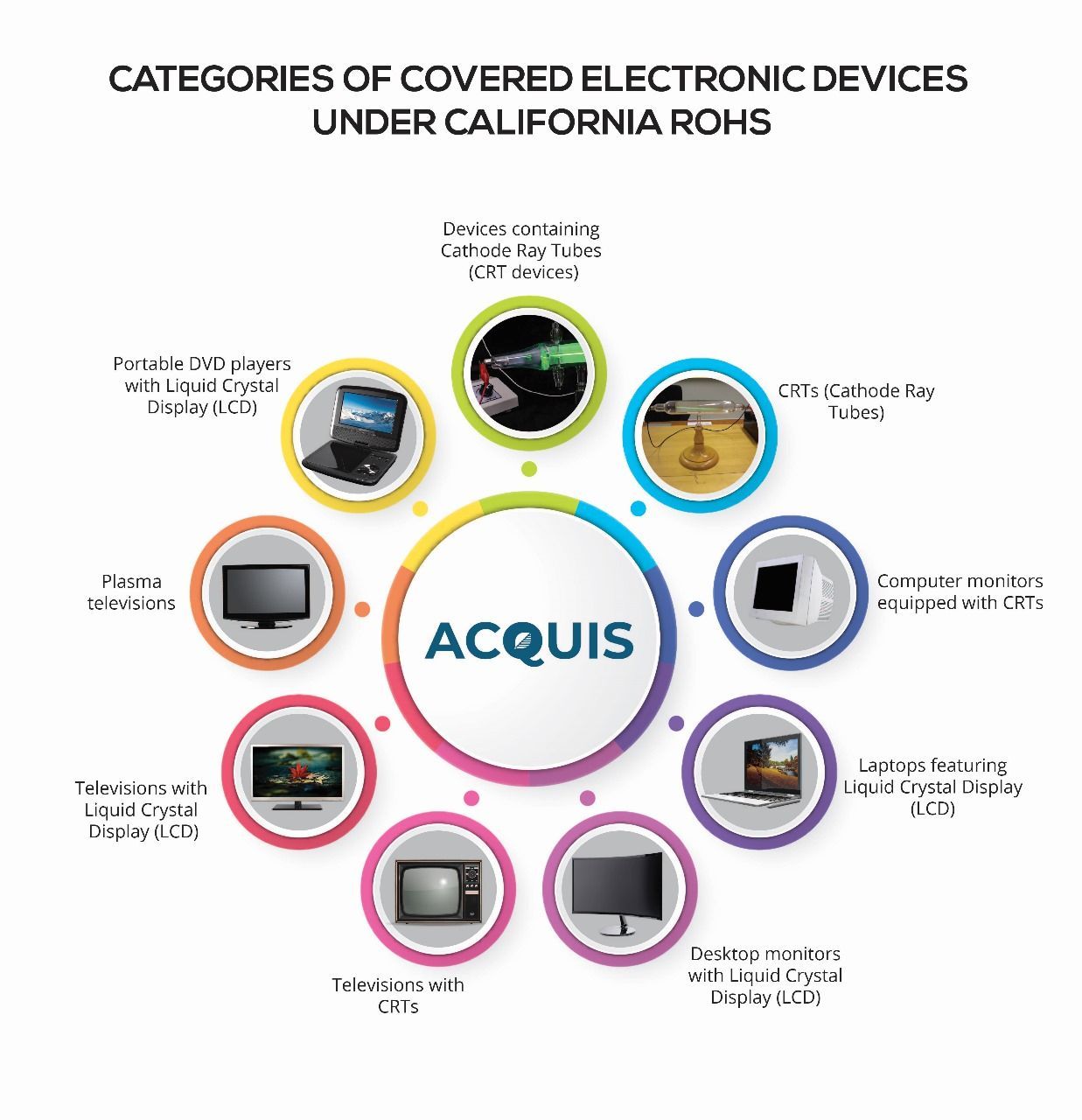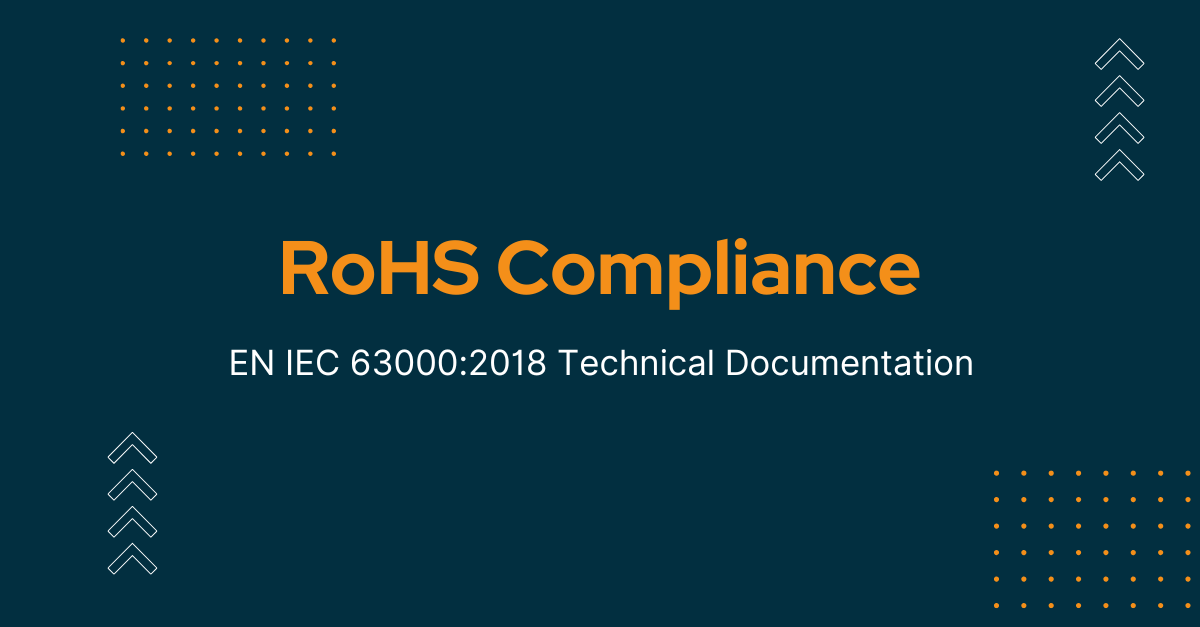Table of Contents
If you're manufacturing or distributing electronic devices in California — and still think their RoHS law is "just like the EU’s" — you're missing the plot.
California’s RoHS regulation is narrower, stricter in scope, and very real in enforcement. And it’s been active since January 1, 2007. If your products have a display screen larger than 4 inches and contain lead, cadmium, or other banned substances — you're in the danger zone.
Let’s unpack what California RoHS means for your compliance checklist in 2025.
What is California RoHS?
California RoHS is a state-level environmental regulation modeled on the EU RoHS Directive 2002/95/EC. It restricts the use of four hazardous heavy metals in covered electronic devices (CEDs).
Key difference from EU RoHS: California RoHS only applies to video display devices >4 inches diagonally — not all electrical/electronic equipment.
California RoHS: Restricted Substances (Homogeneous Material Level)
California RoHS Lab Testing & Documentation
Manufacturers must:
- Conduct substance testing at the homogeneous material level
- Submit annual reports to the California Integrated Waste Management Board (CIWMB) if any device contains restricted substances
- Maintain test reports and technical documentation for inspection
If you don’t test, label, and report — you’re vulnerable to enforcement.
What’s a Covered Electronic Device (CED)?
Any product with a video display over 4 inches, including:
- CRT Devices (TVs & Monitors)
- LCD TVs, laptops, portable DVD players
- Plasma TVs
The rule? If the display can’t be easily removed and the screen is >4", it’s a CED.

California RoHS Exemptions
Some products are explicitly exempt, including:
- Video displays in motor vehicles (and their replacement parts)
- Industrial/medical monitoring or control equipment
- Household appliances with integrated video displays (e.g., refrigerators, ovens)
- Products no longer considered CEDs

If you're unsure about applicability, get a legal opinion or consult a notified body.
California Lighting Efficiency and Toxics Reduction Act
Beyond RoHS, California has banned inefficient and toxic lighting:
- Compact fluorescent lamps (CFLs) banned as of Jan 1, 2024
- Linear fluorescent lamps banned as of Jan 1, 2025
This act focuses on energy efficiency and toxic substance reduction in lighting — reinforcing California’s aggressive stance on sustainability.
California RoHS vs. EU RoHS
💡 TL;DR: California RoHS is more focused, less updated, but still enforced.
Don’t Risk Non-Compliance. Let Acquis Handle It.
If you manufacture or sell CEDs in California — RoHS is not optional. You need reporting, documentation, and material traceability.
Acquis helps you:
- Flag high-risk BOMs & suppliers
- Automate testing & declarations
- Track compliance by substance + material
- Generate audit-ready reports for CIWMB
Let Acquis handle the substance limits — you focus on the product launch.
Schedule your free demo today and see how effortless compliance can be.



